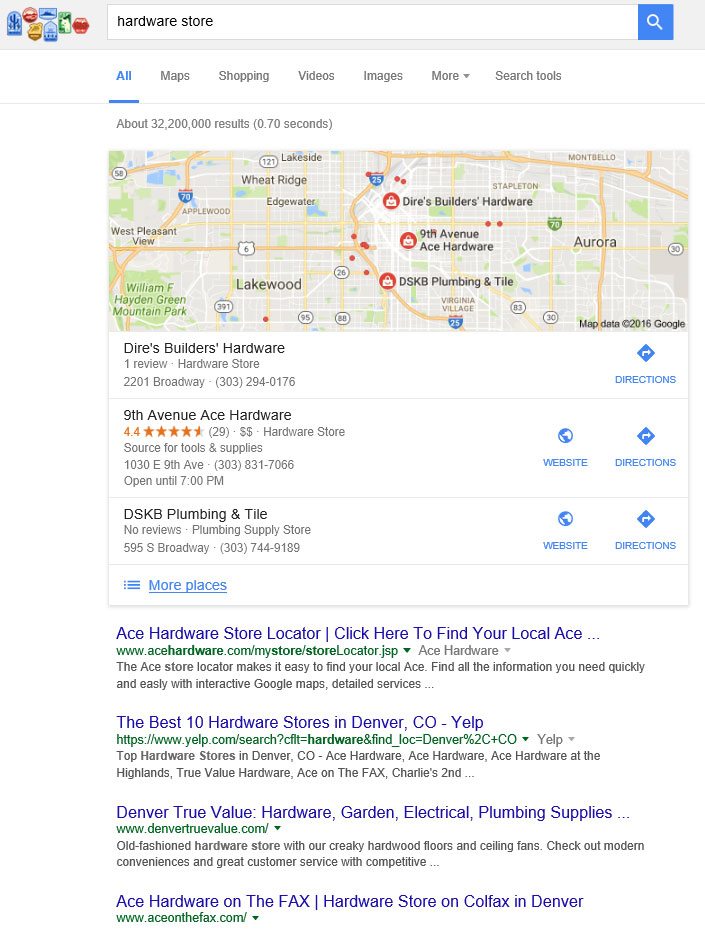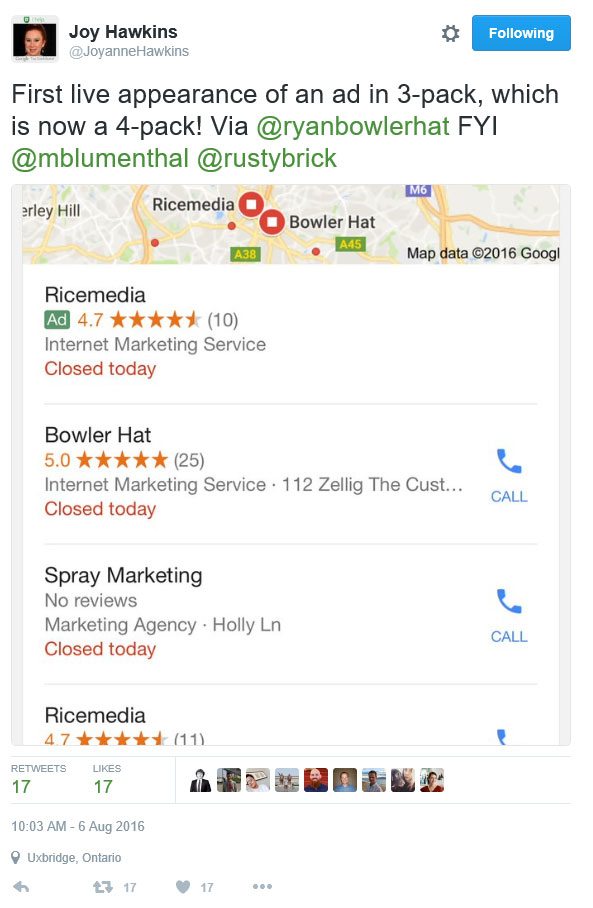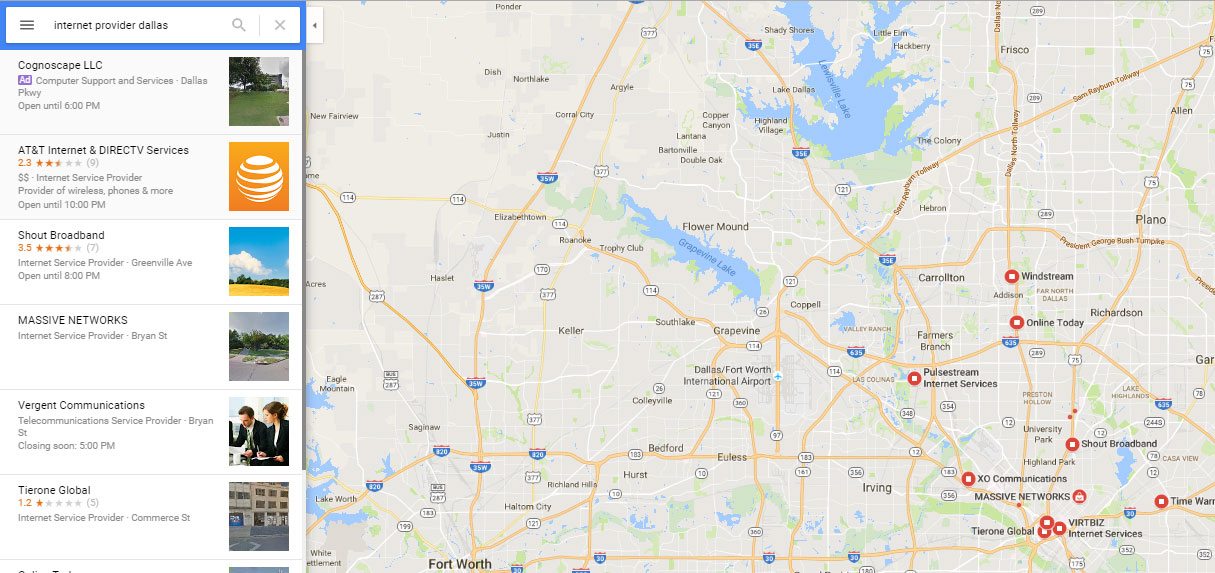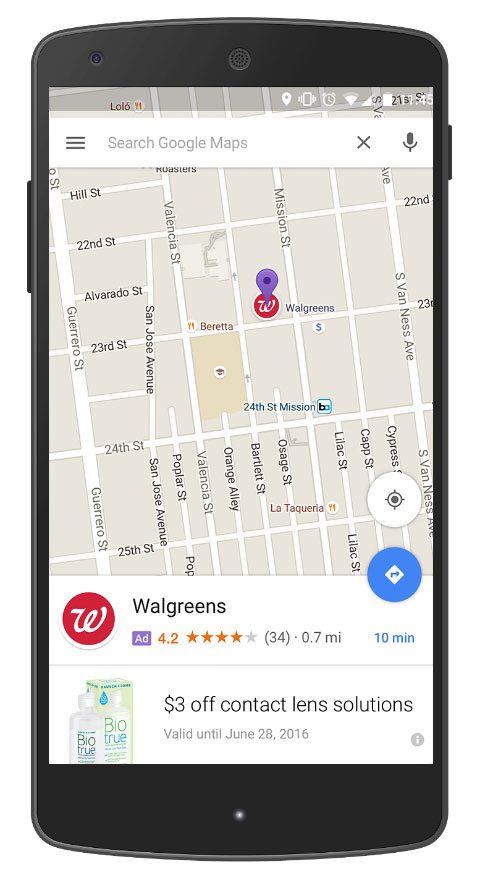How Big-Picture Strategy Trumps Plug-and-Play Technology
 Someone recently asked me what was wrong with managing their local listings via a SAAS platform, and I told them they weren’t thinking big picture. To help others with this question, let’s start with the future and talk about Google’s latest iteration of the local listing results in the form of the Google snack pack. Andrew Shotland shared some great insights on the impact of traffic in Google Search Console client data. Shotland pointed out some Nifty Marketing data, showing brands getting more clicks on both paid and organic listings since the snack pack results rollout. It seems counterintuitive, but it does make sense.
Someone recently asked me what was wrong with managing their local listings via a SAAS platform, and I told them they weren’t thinking big picture. To help others with this question, let’s start with the future and talk about Google’s latest iteration of the local listing results in the form of the Google snack pack. Andrew Shotland shared some great insights on the impact of traffic in Google Search Console client data. Shotland pointed out some Nifty Marketing data, showing brands getting more clicks on both paid and organic listings since the snack pack results rollout. It seems counterintuitive, but it does make sense.
More Places More Often?
If users have been mobile-trained to get “sneak-peak” type results in our day-to-day searches, then it would make sense that we are somewhat accustomed to not getting what we want on our first attempt. It’s setting the bar low, I know, but If I am accustomed to looking for More Places because there are only three results, then fewer upfront results could lend to more clicks on listings outside of the snack pack. In the example below, if I’m looking for my normal ACE Hardware store but quickly typed in “hardware store”, there is only one ACE Hardware location showing in the snack pack. It isn’t the one closest to me, so I hit More Places. Or I could stop being lazy and type in a better, more specific branded search phrase, but you get the point:

Why the Local Snack Pack Isn’t Enough
If users are trained to look for alternatives in a diverse set of search results, then it’s all that more important that your brand is looking to own the entirety of that local search landscape, and not just the local listings snack pack.
So aside from having frequent updates and well-optimized local listings, brands should also have hyperlocal paid search campaigns in place. These campaigns drive qualified traffic to well-optimized, location-level landing pages. Brands also should be assisting locations in producing fresh content on their location pages. Then those well-optimized organic landing pages will produce better ranking results for local intent (or geo-modified) keyword searches. They also will help to achieve higher quality scores in your localized paid search campaigns. Easy, right?
A More Comprehensive Approach
Now that you have great location-level landing page URLs, you can include them in your local listings profiles. As we know, well-optimized landing pages with proper location-schema formatting is a ranking factor for the snack pack results. Even though snack pack ranking factors differ from organic results for web pages, it’s all part of the same ecosystem, where (at a high level) backlinks and content are driving the relevancy. Therefore, creating relevancy on local listings, organic, knowledge graph, social and paid search results will drive a more comprehensive local marketing strategy on Google.
However, it’s about to get more complicated, as Google has been testing displaying a paid local search result within the snack pack. This essentially creates a SERPception™: paid and organic results within a search engine environment of paid and organic results. Here is the first live result spotted in the wild, in the UK courtesy of Joy Hawkins, @JoyanneHawkins:

Still in the Early Stages
Although we have many multi-location clients submitted for testing, the new alpha results shows there’s little known about this explorative ad format. Our suspicion is that it may just be another source where ads can appear when you have location extensions enabled in Adwords, similar to the current Google Maps ads:

But hopes are that it will be an ad format that can be managed independently, maybe as a part of mobile-specific bidding. Time will tell. Here’s the official stance from Google:
“We are always looking to improve user experience and this test is just one of many we are looking into. Currently it is only live on a small percent of traffic and should not cause a noticeable difference to your metrics. Advertisers with active Location Extensions are eligible to show search ads within the Gooogle.com Local Unit.”
Aside from this new local ad format, Google has a number of new local-ad formats it’s testing, including promoted pins.
Automated Platform is a Risk
Analysts are forecasting that new ad formats in Maps could help Google drive $1.5 billion in incremental revenue in 2017. That sounds awfully high. According to Shotland’s traffic allocation data, clicks on these ads likely would divert some click revenue away from Google’s standard formatted ad results. But no one is letting me do their financial analysis, so OK, I’ll accept that number.
If your local marketing consists of running your local listings through a SaaS platform, it might be a good time to take a step back and think big picture. There are a lot of implications to having a plug-and-play, technology-based listings strategy. With some multi-location brands seeing upwards to 20 million views per month on their GMB profiles, that’s way too much consumer reach to leave up to chance.
Stay In Touch.
Subscribe to our monthly email newsletter.

